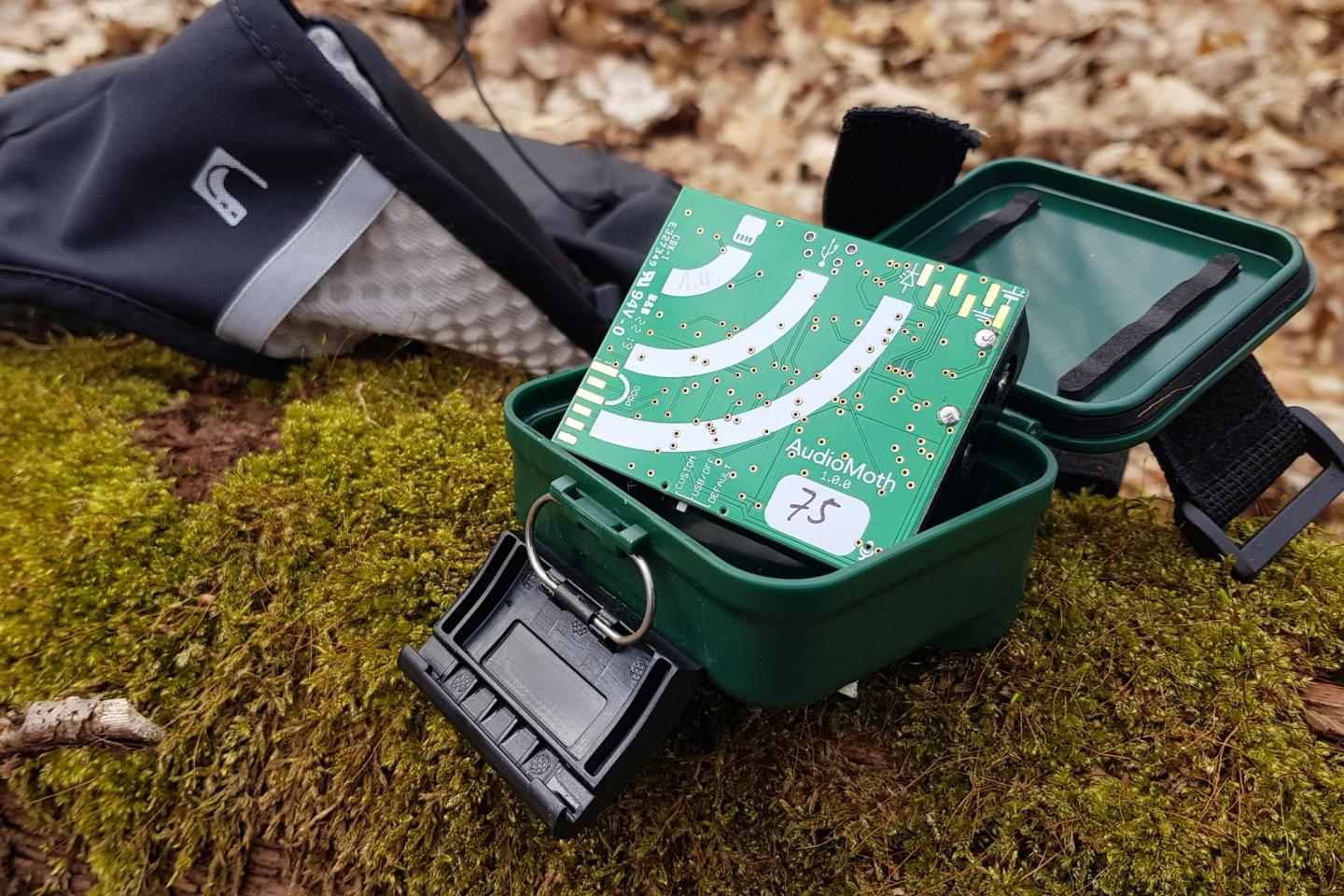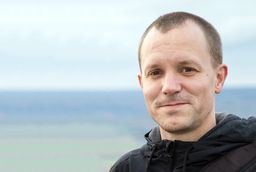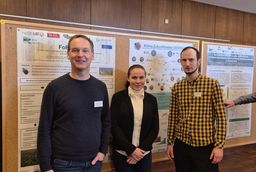Soundscapes
DIVERSA SP5 - The influence of drought stress-induced disturbances on the composition of bird and bat communities in forests
Forest structure is changing as a result of climate change. As highly mobile species, birds and bats respond directly to these changes.

The structure of a forest changes when parts of the crown, individual trees or whole stands die as a result of severe drought. In addition to the drastic dying of spruce stands due to dry summers, changes can also be observed in Central European beech and oak forests. The reorganisation of forest ecosystems due to climate change is affecting the distribution and abundance of many animal and plant species. As highly mobile species groups, birds and bats in particular respond directly to changes in forest structure.
To investigate changes in species communities in Central European broadleaved forests, subproject 5 (SP5) will survey bats and birds along a disturbance gradient induced by drought stress. Half of the DIVERSA survey plots are in managed forests, the other half in forests without management interventions. SP5 will use Passive Acoustic Monitoring to record entire forest soundscapes including the vocalisation of birds and bats. Passive Acoustic Monitoring, which has a very high temporal and spatial resolution compared to conventional methods, allows to record not only the occurrence of species, but also their activity patterns over the course of the day and year. The data obtained can be used to assess how local disturbances in deciduous forest ecosystems affect species communities and what changes can be expected at the landscape scale in the future.
Contact person

Blog
All
1.5 – one scientist, five questions with Prof. Dr. Andreas Schuldt
Head of the Department of Forest Nature Conservation at Georg August University of Göttingen and sub-project lead at the Climate Future Lab DIVERSA
7 min. Reading time
Kick-off event of the Climate Future Lab DIVERSA
At the kick-off in Göttingen, around 30 participants of the Climate Future Lab DIVERSA laid the foundation for six years of interdisciplinary research
3 min. Reading time
Conference on carbon sequestration in forests
Climate Future Labs DIVERSA and FoResLab introduce themselves
2 min. Reading time
